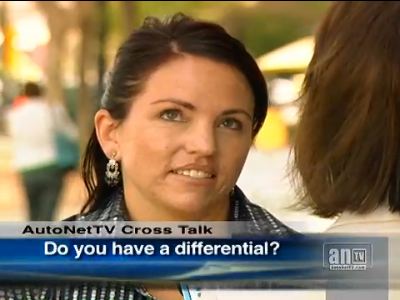See if any of these are happening to your vehicle. You feel it vibrating excessively underneath when it’s running, or you hear strange clunking, grating, or grinding sounds coming from beneath. Maybe it’s hard to turn your vehicle, or you can hear squeaking when you’re going slow. Perhaps you feel a shudder when you step on the throttle.
Any of those could be signs that your vehicle’s driveshaft might need lubricating, and it’s important to have one of our technicians check it out. Your vehicle’s engine puts out a lot of twisting power. That force is called torque, and the driveshaft is the part that handles the job of transferring all that torque from your engine to the wheels. If it’s a four-wheel or all-wheel drive vehicle, it will have driveshafts front and rear.
Some driveshafts have different segments which are connected by couplings called U-Joints. So that everything can glide along fine, that whole assembly needs to stay well lubricated. Our technician can inspect the driveshaft and U-joints to make sure there aren’t any broken or excessively worn parts.
Many manufacturers recommend servicing and lubricating the driveshaft at certain intervals, and it’s important to keep on that schedule. It’s essential because poor lubrication can lead to a failure while you are driving, possibly causing other expensive parts to fail. Not keeping your driveshaft lubricated or failing to maintain it regularly is the top cause of driveshaft problems.
Autotronics of St. Peter
111 Jefferson Avenue
St. Peter, MN 56082
507.934.9290
http://autotronicsstpeter.com
